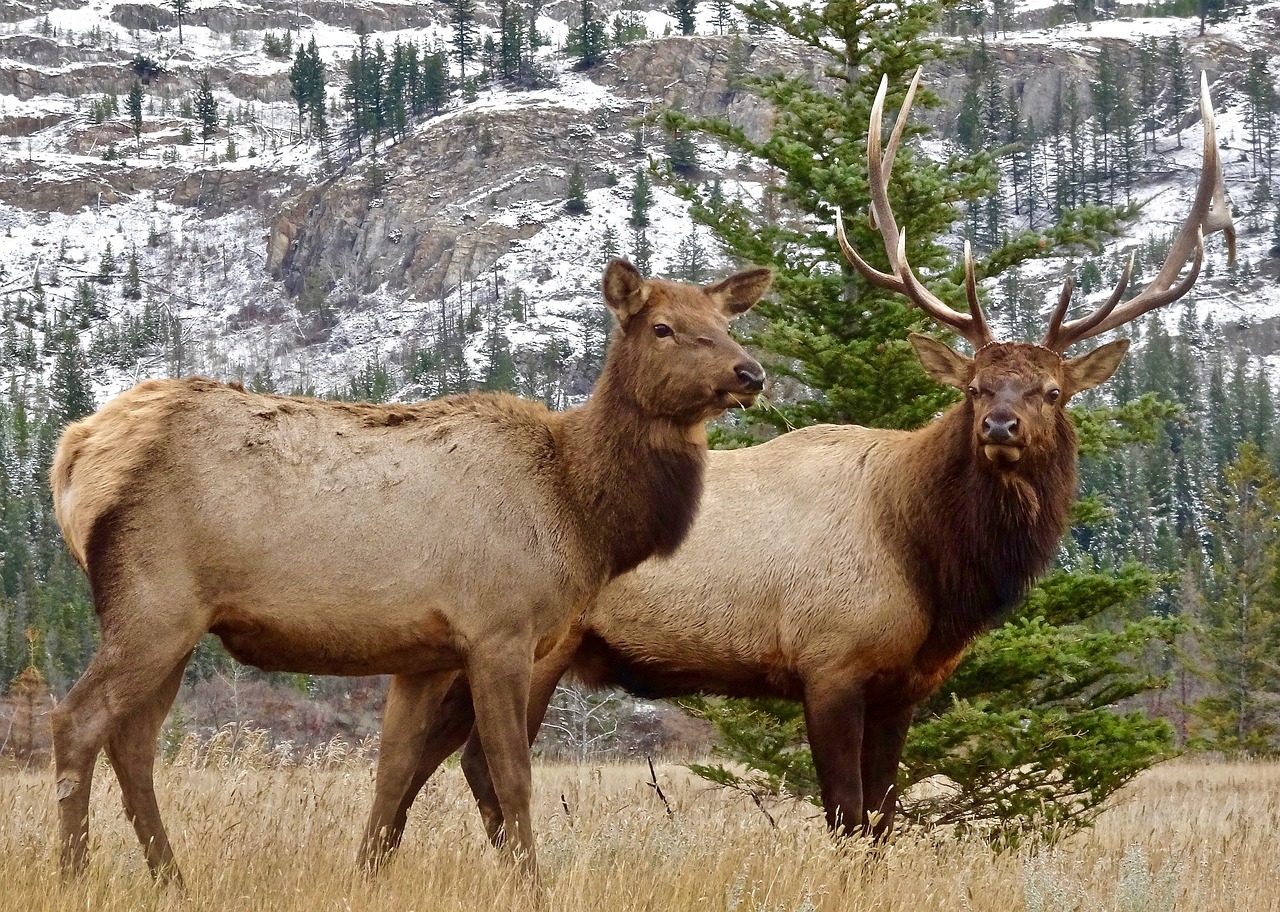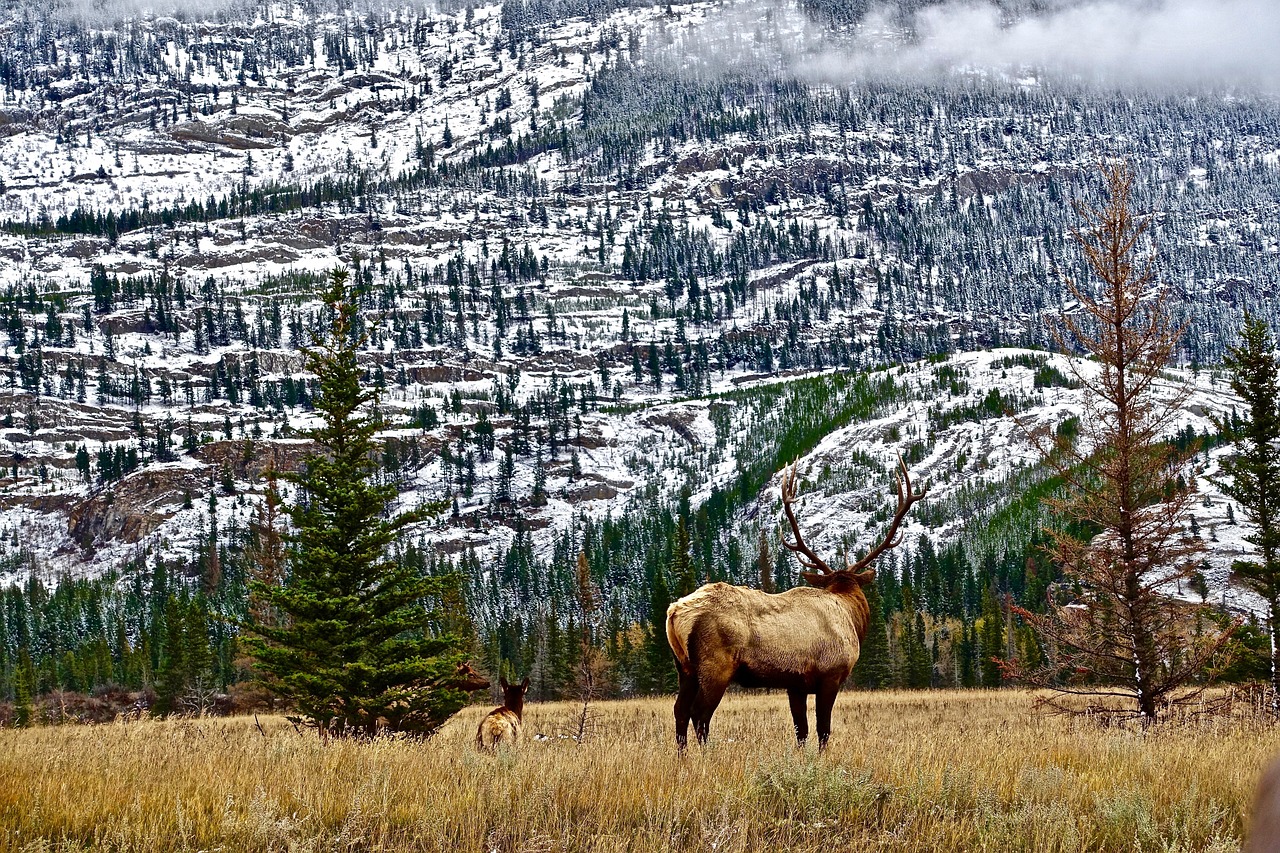Tactics
Recipes for Pemmican: Historical and Modern
July 22, 2024 •iSportsman Staff
Rocky Mountain Elk, scientifically known as Cervus canadensis, are one of the most iconic animals of the American wilderness. These magnificent creatures, with their impressive antlers and impressive stature, captivate the hearts of outdoor enthusiasts everywhere. Elk are famous for their resilience, adaptability, and sheer beauty, making them a cherished species among hunters. In this article, we’ll cover general information about the species itself, basic tips and tricks, as well everything else you need to know about Nevada elk hunting.

Rocky Mountain Elk are predominantly found in the western regions of North America, particularly in the Rocky Mountains and surrounding areas. Their habitat ranges from dense forests to open meadows, where they graze on a variety of vegetation including grasses, shrubs, and forbs. During the winter months, elk migrate to lower elevations in search of food and shelter, often congregating in valleys and foothills.
Adult male elk, also known as bulls, boast impressive antlers that can span up to four feet in length and weigh as much as 40 pounds. These antlers are shed and regrown annually, with size and complexity influenced by age, genetics, and nutrition. Female elk, called cows, lack antlers and typically have a lighter build compared to bulls. Both sexes display a reddish-brown coat with a darker mane around the neck and shoulders.
Elk are highly social animals, forming herds that vary in size depending on the season and environmental conditions. Bulls establish dominance through vocalization and displays of strength during the rutting season, which typically occurs in the fall. This period is marked by intense competition among males for mating rights with receptive females. Outside of the rut, elk herds are often segregated by sex, with cows and their offspring forming maternal groups while bulls roam alone or in small bachelor groups.
Although Rocky Mountain Elk populations have rebounded in recent decades thanks to successful conservation efforts, ongoing habitat loss, fragmentation, and disease remain significant challenges. Conservation organizations, government agencies, and private landowners work tirelessly to protect elk habitat, manage populations, and promote sustainable hunting practices. Through collaborative efforts, we can ensure future generations will continue to marvel at the sight of these magnificent creatures roaming the wild landscapes of North America.
| Adult Combination – 18 & older | $75.00 |
| Youth Combination – 12-17 | $15.00 |
| Adult Hunting – 18 & older | $38.00 |
| Apprentice Hunting License 12 & older Available at NDOW offices only |
$15.00 |
| Adult Combination – 18 & older | $155.00 |
| Youth Combination – 12-17 | $15.00 |
| Apprentice Hunting License 12 & older Available at NDOW offices only |
$15.00 |
| 1-Day Combination Permit to Fish & Hunt Upland Game and Waterfowl – 18 & older Consecutive Day |
$23.00
$8 |
| Senior Specialty Combination – 65+ & 6 months residence | $15.00 |
| Serviceman Specialty Combination | $15.00 |
| Severely Disabled Specialty Combination | $15.00 |
| Disabled Veteran Specialty Combination | $15.00 |
| Native American Specialty Combination | $10.00 |
In Nevada, hunters require tags to pursue elk. Tags are distributed through a computerized draw process managed by Kalkomey Enterprises, LLC. The main application period for big game, including Silver State and Partnership in Wildlife tags, usually runs from mid-March to mid-May, with results available in late May or early June.
A second draw, held in mid-June, offers remaining or returned tags to any residency. Tags not allocated after the second draw may be purchased on a first-come, first-served basis, typically opening in early July. All application periods and program details can be found here during their respective open dates.
You can find more in-depth information on the Nevada application processes here.
| Elk Tag | $120.00 |
| Elk Incentive Tag | $120.00 |
| Elk Tag | $1,200.00 |
| Elk Incentive Tag | $1,200.00 |
| Non-Resident Guided |
Main Draw | Second Draw | ||
|---|---|---|---|---|
| Application Period Opens | Feb 12 | March 25 | June 3 | First-Come First-Served
Early July |
| Application Period Deadline | Mar 11 | May 8 | June 10 | Until all tags are issued |
| Results Release Date | Mar 22 | May 17 | June 21 | N/A |

Hunting Rocky Mountain Elk in Nevada is a rewarding experience for hunters of all skill levels. By following these basic tips and tricks and staying on top of the application process, you can enhance your chances of success. Remember to respect wildlife, abide by hunting regulations, and cherish the natural beauty of Nevada’s wilderness. With careful preparation and perseverance, you can embark on a memorable elk hunting adventure in the Silver State.